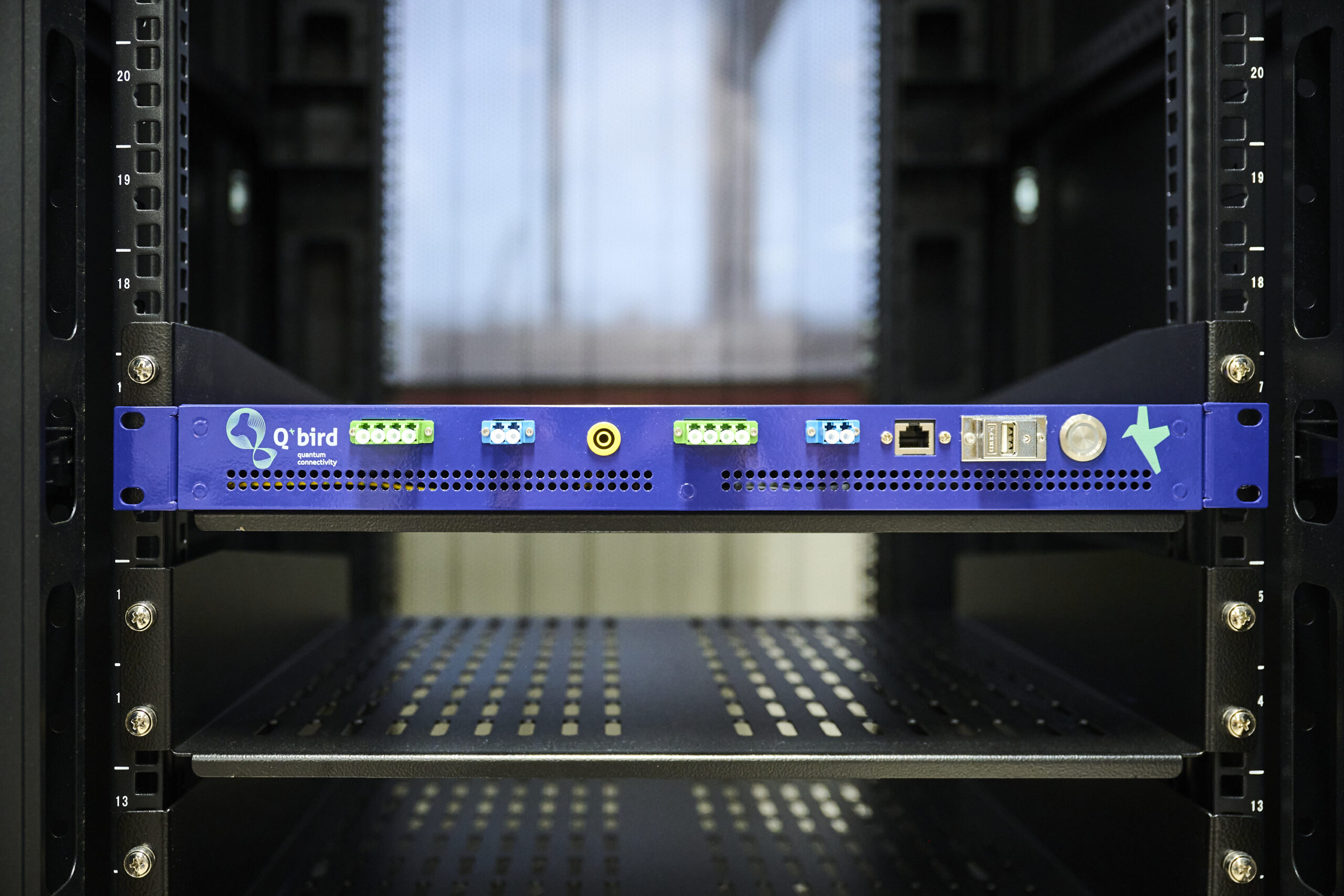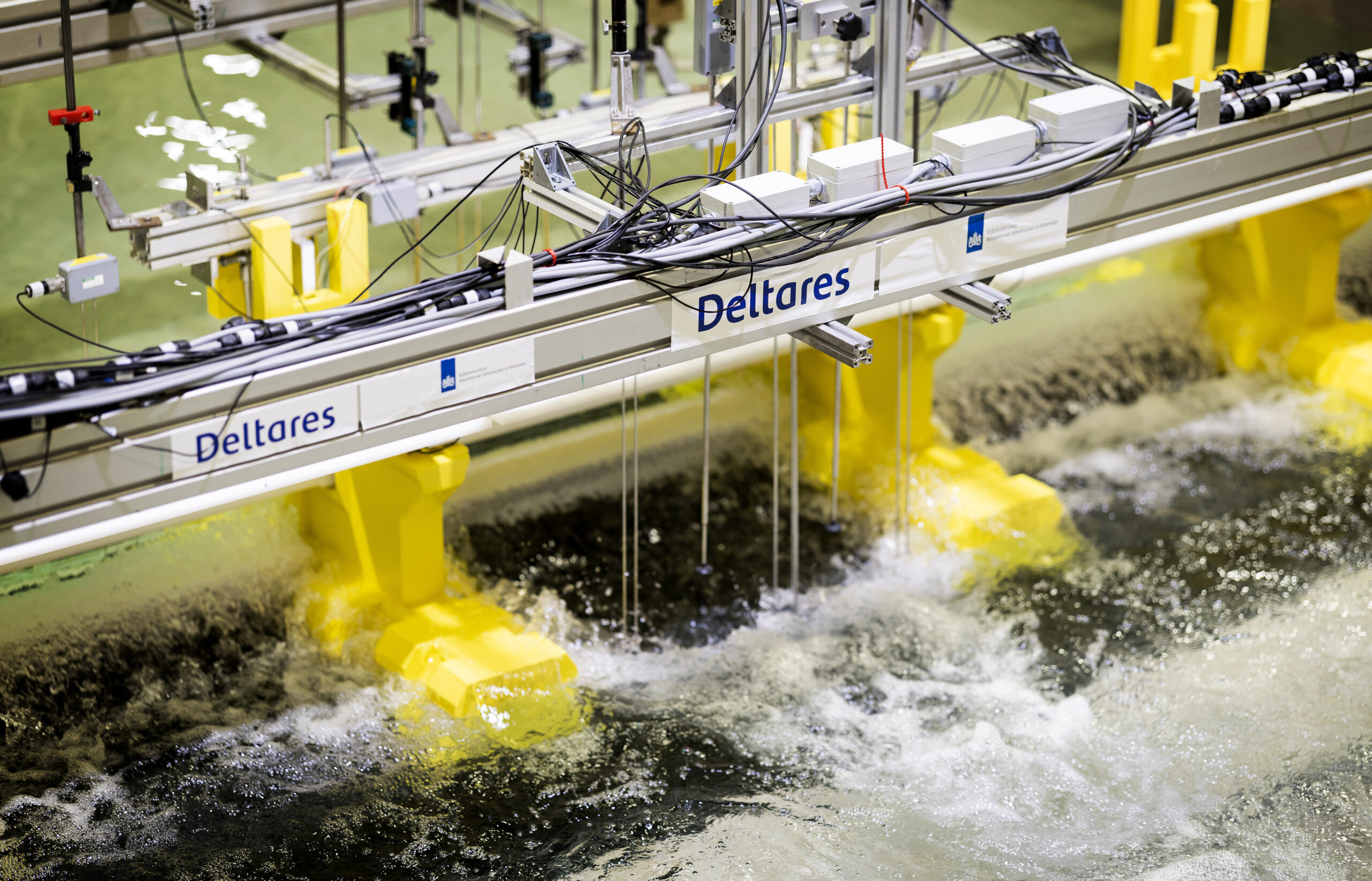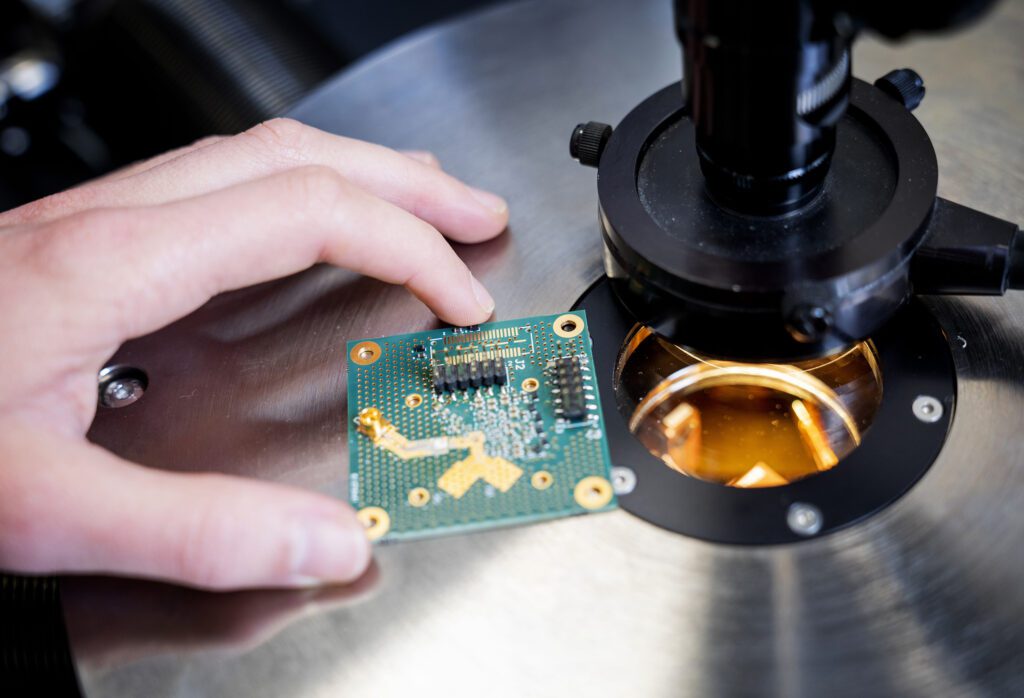
In the spring of 2019, the nitrogen crisis took the Netherlands by surprise. The largest sources of nitrogen in the Netherlands are intensive agriculture and livestock farming. Delft start-up MEZT thinks it has the solution precisely for these farms. With their method, not only is nitrogen captured, but also fertilizer and electricity are made from the ammonia released in this process. The founders of MEZT, Adriaan Lieftinck and Edward Sibeijn, together with inventor and professor Jules van Lier, talk about the innovative electrodialysis technology with which nitrogen can be converted from a headache case into a source of income for the farmer.
Adriaan and Edward, two TU Delft alumni, were approached by Delft Enterprises (DE) and the Valorisation Center at the beginning of 2020. Adriaan: “We were looking for start-ups with a social impact and high-quality technology. DE and the Valorization Center were looking for a party to work with a patent that focuses on innovative electrodialysis technology to extract nitrogen from waste water and manure. This made it seemingly possible to significantly reduce nitrogen emissions in the agricultural sector. Because of the subject, the beautiful technology and the potentially high social impact, we immediately started working on it.” MEZT was founded in April 2020 and TU Delft is closely involved in the development of the company as co-owner. Wageningen University is also connected with the start-up as a project and research partner.
World champion agriculture
Nitrogen is a worldwide problem, but almost nowhere is the problem as urgent as in the Netherlands. At the beginning of this year, the Council of State closed the Nitrogen Approach Program (PAS) and ruled that this policy does not provide sufficient protection for Dutch and European nature. After that it became quiet on construction sites and rather loud on the Malieveld, where farmers in particular protested against the government’s new plans to reduce nitrogen emissions.
Intensive agriculture and livestock farming are the main sources of nitrogen emissions. Edward: “The agricultural sector is deeply rooted in our culture. Abroad, the Netherlands is often referred to as world champion in agriculture. If you look at our capacity, our use of technology: we are at the forefront. We are proud of this and want to maintain and expand it. With the electrodialysis technology of TU Delft, MEZT wants to offer a solution that prevents healthy agricultural businesses from having to shrink or close.” Adriaan: “By converting nitrogen emissions from a polluting problem to a part of a circular farm, we can ensure higher animal welfare and a more sustainable revenue model.”
Evaporating ammonia
Something like that sounds almost too good to be true. Adriaan and Edward enthusiastically explain what MEZT’s plans are. Edward: In agriculture, there are several times when ammonia is released: 25% evaporates in the barn, when manure and urine go from “under the tail” into the manure pit. During storage in the manure pit about 25% also evaporates and the remaining 50% is released into the air when the manure is spread on the land. By extracting ammonia from manure you can make a big difference in the emission in the barn, storage and when applying manure on the land.
Manure processing on the farmyard
A key role is played by the Delft electrodialysis technology and a set of membranes. These membranes extract nitrogen, phosphate and potassium from the manure. In contrast to other systems, the manure does not have to be pressed through the membranes, but flows past them. This technique avoids the problem of clogged membranes. Adriaan sums up the advantages of this technique compared to the usual nitrogen extraction methods. “No chemicals are needed, such as lye. The process requires little electricity and, unlike other methods, the manure does not need to be heated. The latter in particular results in a considerably lower CO2 footprint. Our device uses very little power and is small and safe enough to just put in the barnyard. ”
This solution requires farmers to look at manure and fertilizers in a completely new way. Adriaan: “If farmers produce too much fertilizer now, they will dispose of it. The cost price is roughly between five and twenty-five euros per cubic meter. In addition, farmers buy fossil fertilizers to feed their land. The supply and removal of both costs a lot of money and energy. With the MEZT method, less manure needs to be removed, but the farmer can also make the raw materials for his own fertilizer substitute on site. So the knife cuts both ways and a closed local nutrient cycle is created. ”
Collaboration in Delft
MEZT thinks ahead: by decomposing manure into its components using this technology, concentrates can be made of the most important nutrients. For example, manure can be tailor-made for every crop, soil type and season and a big step can be taken towards precision agriculture.
MEZT is currently working hard on the further development of their prototype and is looking for funding. The start-up works together with LennTech, which also employs Niels van Linden, one of the co-inventors of the TU Delft patent. Together with LennTech, MEZT hopes to build a first version at the end of 2020, early 2021 that can be tested on farms. The start-up is also in talks with various livestock farmers about the application of their equipment. Edward: “There are enough farmers who want to get started with innovative technology to reduce emissions, increase animal welfare and deliver high-quality products in order to build a sustainable earnings model for the future. And with the aid of the subsidy scheme for source-oriented sustainability of stable and management systems of the RVO, financial support can also be found for this in the coming years. ”
Impact on dairy and pig farms
MEZT believes this technique has the potential to eliminate excess nitrogen within five years and enable local, circular precision farming. Adriaan and Edward laugh: “Of course we hope to realize this much sooner! Next year we will have the first prototypes running. Then we’ll tinker with a version 2.0. If at the end of 2021 or early 2022 we succeed in extracting between fifty and ninety-five percent nitrogen from slurry and there is support within agriculture – then a really huge impact can be made. In the Netherlands there are about 16,000 dairy farms, if we place equipment with a selection of 5000 of these, this should already allow for a reduction of between 50 and 70 percent nitrogen precipitation. We expect a similar impact in the pig sector. Application of this technology is cheaper and more effective than measures that the cabinet is considering, such as buying out and closing livestock farms. ”
Various places at TU Delft are working on electrodialysis as a method to purify more energy-efficient waste water, generate energy and recover raw materials from waste flows. Read more about this win-win-win technology on the TU Delft website.



